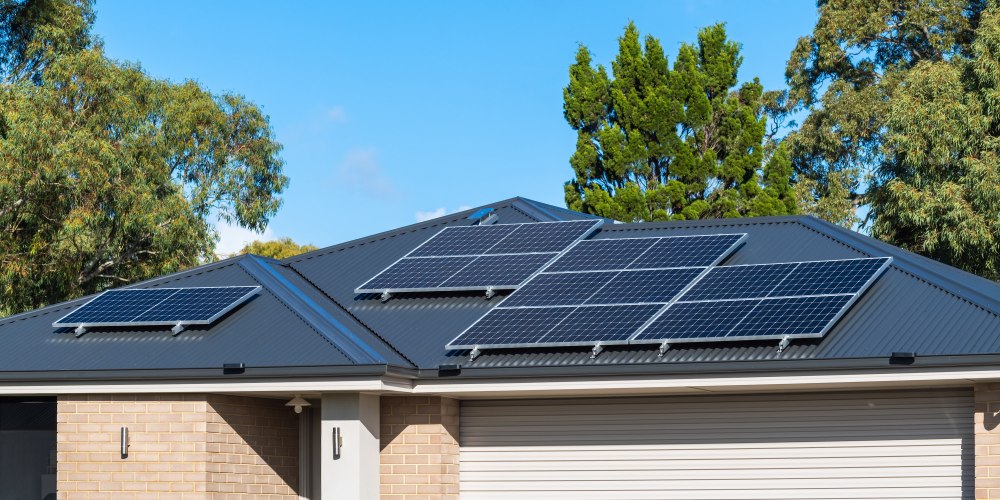what are you looking for?
Solar panels, also known as photovoltaic (PV) panels, are devices that convert sunlight into usable electricity. They play a crucial role in the development of sustainable energy solutions and are widely used in residential, commercial, and industrial applications.
Solar panels harness the power of sunlight through the photovoltaic effect. The basic building block of a solar panel is the solar cell, typically made of silicon. When sunlight hits the solar cell, it excites the electrons in the silicon atoms, creating an electric current. This direct current (DC) is then converted to alternating current (AC) using an inverter, making it suitable for powering electrical devices.
A solar panel consists of multiple solar cells electrically interconnected and enclosed within a protective frame. The key components include:
Solar Cells: These are the semiconductor devices that convert sunlight into electricity. They are usually made of silicon, but other materials like thin-film solar cells (such as cadmium telluride or amorphous silicon) are also available.
Encapsulation: The solar cells are encapsulated within a protective layer, such as tempered glass, to shield them from the environment and provide structural support.
Backsheet: The backsheet protects the solar cells from moisture and other external elements. It is typically made of a polymer material that ensures the panel's durability and longevity.
Frame: The frame provides structural integrity to the solar panel and allows for easy installation and mounting on various surfaces.


Xiamen SLD Technology Co., Ltd
 Chengyi North Street, Software Park 3, Jimei District, Xiamen Fujian, China
Chengyi North Street, Software Park 3, Jimei District, Xiamen Fujian, China +86 188 5929 8629
+86 188 5929 8629 sales@solarlightsdo.com
sales@solarlightsdo.com Blog | Sitemap | XML | Privacy Policy
Blog | Sitemap | XML | Privacy Policy

